Micro-Credentials
Introduction to Green Building Design
Design Sustainable Buildings for a Greener, More Efficient Future
Apply Now
NQF Level:
5
Credits:
15
Minimum Duration:
6 Weeks (Part-Time)
Faculty:
Public Admin, Governance and Sustainability
Department:
Micro-Credentials & Short Learning Programmes
Accreditation Authority:
AIFT Senate
Master the Principles of Green Building Design and Create Sustainable Spaces for a Better Future
This dynamic micro-credential programme is thoughtfully crafted to empower participants with both the expertise and hands-on experience necessary to master the principles of green building design. With a strong focus on urban sustainability, this course seamlessly blends theoretical insights with practical application, equipping students with the tools to create buildings that are not only environmentally responsible but also economically viable and socially enriching. Covering everything from sustainable materials and cutting-edge technologies to the holistic design and implementation of green buildings, this programme prepares participants to lead the way in shaping a more sustainable and prosperous future for our urban landscapes.
Why Choose This Qualification?
Gain practical knowledge of sustainable building design, materials, and technologies. Contribute to the global movement toward sustainability by creating eco-friendly, energy-efficient buildings. Build a strong foundation in green building principles, opening the door to careers in architecture, urban planning, and sustainable development. Enhance your ability to work on cutting-edge, high-impact projects that shape the future of urban environments.
Admission Requirements.
Not explicitly mentioned in the document
Qualification Structure.
Week 1: Introduction to Green Building Design - Understand the fundamental principles of green building design and its role in urban sustainability. Week 2: Sustainable Materials and Technologies - Learn about sustainable construction materials and energy-efficient technologies for green buildings. Week 3: Environmental, Economic, and Social Benefits of Green Buildings - Explore the positive impacts of green buildings on the environment, economy, and communities. Week 4: Designing for Energy Efficiency and Resource Conservation - Focus on strategies for optimising energy use and minimising resource consumption in green buildings. Week 5: Developing a Green Building Design Project - Apply green building principles to design a basic sustainability-focused building project. Week 6: Assessment and Certification - Final Project Submission, Feedback, and Certification.
Learning Outcomes.
Gain a solid foundation in the concepts of green building design, focusing on energy efficiency, resource conservation, and creating sustainable indoor environments. Explore how green buildings contribute to environmental preservation, economic savings, and social well-being, making them a key component of sustainable urban development. Learn about sustainable construction materials, energy-efficient technologies, and renewable energy solutions that can be incorporated into green building projects. Create a basic green building design plan, applying learned principles and practices to develop a conceptual, environmentally-friendly building project that demonstrates sustainability goals.
International Comparability.
Not explicitly mentioned in the document
Qualification Modes of Delivery and Support.
Blended Learning: Combines online modules with in-person practical sessions. Distance Learning: Fully online with asynchronous support. Face-to-face Workshop sessions for personalised mentorship and peer interaction.
Career Opportunities.
Industry-Ready Skills, Diverse Career Opportunities, Leadership in Sustainability.
Articulation Options.
Not explicitly mentioned in the document
Ensure Compliance, Empower Financial Accuracy.
Empower Financial Accuracy




